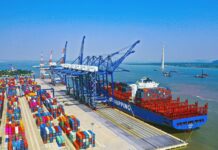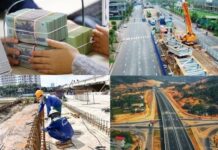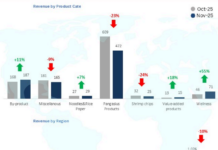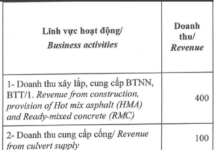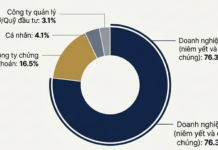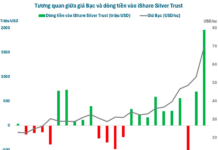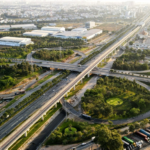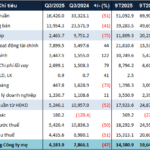Deputy Prime Minister Tran Hong Ha has signed Decision No. 2404/QD-TTg dated October 29, 2025, approving the adjustment of the Railway Network Planning for the period 2021 – 2030, with a vision to 2050.
Adjustments and Additions to the Planning Network
Existing Railway Lines
Adjustments have been made to the scope of two routes: Hanoi – Ho Chi Minh City and Hanoi – Lao Cai. The functional conversion of the Hanoi – Hai Phong railway section, from Hai Phong station to Chua Ve port, will be adjusted after the completion and operation of Vat Cach station.
New Railway Lines
The name, scale, and investment roadmap for the high-speed railway line on the North-South axis have been adjusted. A new high-speed railway line from Hanoi to Quang Ninh has been added.
The scale and investment roadmap for two lines—Lao Cai – Hanoi – Hai Phong and Ho Chi Minh City – Loc Ninh—have been adjusted. The investment roadmap for three lines—Hanoi – Dong Dang, Hai Phong – Ha Long – Mong Cai, and Thap Cham – Da Lat—has also been revised.
The scope and scale of seven lines have been adjusted: Yen Vien – Pha Lai – Ha Long – Cai Lan, the Eastern Ring Road of Hanoi, Nam Dinh – Thai Binh – Hai Phong, Vung Ang – Mu Gia, Bien Hoa – Vung Tau, Ho Chi Minh City – Can Tho – Ca Mau, and Da Nang – Kon Tum – Gia Lai – Dak Lak – Dak Nong – Binh Phuoc.
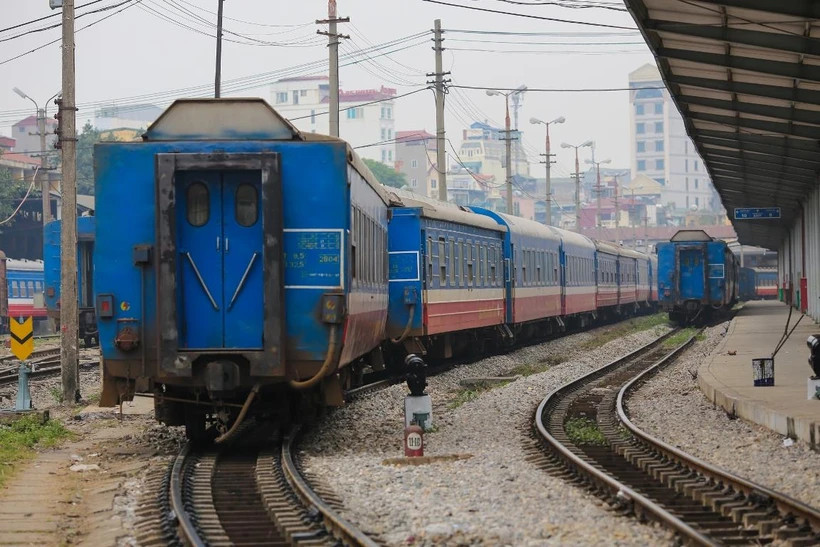
Adjustments to the Railway Network Planning for 2021 – 2030, Vision 2050
The Thu Thiem – Long Thanh line has been removed from the planning and converted into an urban railway. Ho Chi Minh City and Dong Nai Province are tasked with updating their provincial and related plans.
A new railway line, An Binh – Saigon (Hoa Hung) – Tan Kien, has been added.
Hanoi to Host a 250-Hectare Railway Industrial Complex
The decision includes connecting to China’s railway network at the Mong Cai border gate via the Hai Phong – Ha Long – Mong Cai line and to Cambodia at the Moc Bai border gate via the Ho Chi Minh City – Tay Ninh line.
Additionally, adjustments have been made to enhance connectivity with major urban centers and transportation hubs.
Hanoi Railway Hub
The national railway passing through Hanoi will follow these routes/sections: Thach Loi – Kim Son (double track, 1435mm gauge, and single track, 1000mm gauge) on the Lao Cai – Hanoi – Hai Phong line; the Eastern Ring Road connecting Kim Son – Ngoc Hoi (double track, 1435mm gauge, and single track, 1000mm gauge); and the Western Ring Road connecting Ngoc Hoi – Thach Loi (double track, 1435mm gauge).
Passenger hubs connecting national and urban railways include Ngoc Hoi, Yen Vien, and Gia Lam (combining urban and national railway stations with 1435mm and 1000mm gauges for the Hanoi – Hai Phong line). New freight hubs include Thuong Tin (new) and Yen Thuong.
A 250-hectare railway industrial complex will be established in Chuyen My and Ung Hoa communes, Hanoi.
Ho Chi Minh City Railway Hub
An Binh station will serve as the terminus for the existing Hanoi – Ho Chi Minh City line and the starting point for the Bien Hoa – Vung Tau line. The An Binh – Saigon (Hoa Hung) – Tan Kien section will be a national railway with double tracks and a 1435mm gauge, connecting to the North-South high-speed railway via the Trang Bom – Cam My line.
Passenger hubs will include Thu Thiem, An Binh, and Tan Kien stations.
In Da Nang, the relocation of Da Nang station is scheduled for completion before 2030.
The plan also adjusts the connectivity of railways with key ports and airports, including Nghi Son Port (Thanh Hoa), Hiep Phuoc Port (Ho Chi Minh City), Tan Son Nhat International Airport (Ho Chi Minh City), Long Thanh International Airport (Dong Nai), the second Hanoi International Airport, Gia Binh International Airport, Van Lam Dry Port (Hung Yen), and Gia Binh Dry Port (Bac Ninh).
This decision also amends certain provisions of Decision No. 1769/QD-TTg dated October 19, 2021, issued by the Prime Minister, regarding the approval of the Railway Network Planning for 2021-2030, with a vision to 2050. All other provisions remain unchanged.
The Most Complex Interchange on Ring Road 3 Set for Technical Completion by Late 2025, Boosting Southern Regional Trade Connectivity
The imminent completion and expansion of large-scale infrastructure projects in eastern Ho Chi Minh City are poised to catalyze socioeconomic growth and invigorate the region’s real estate market.

